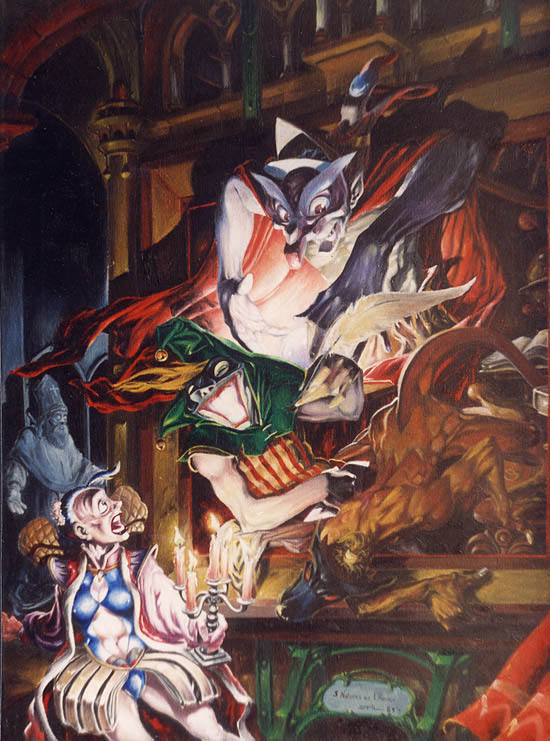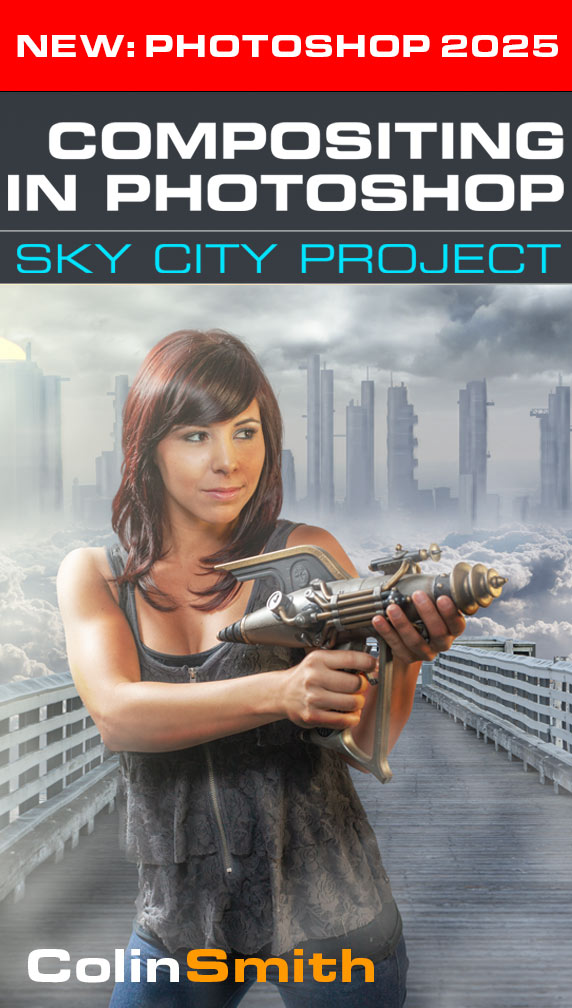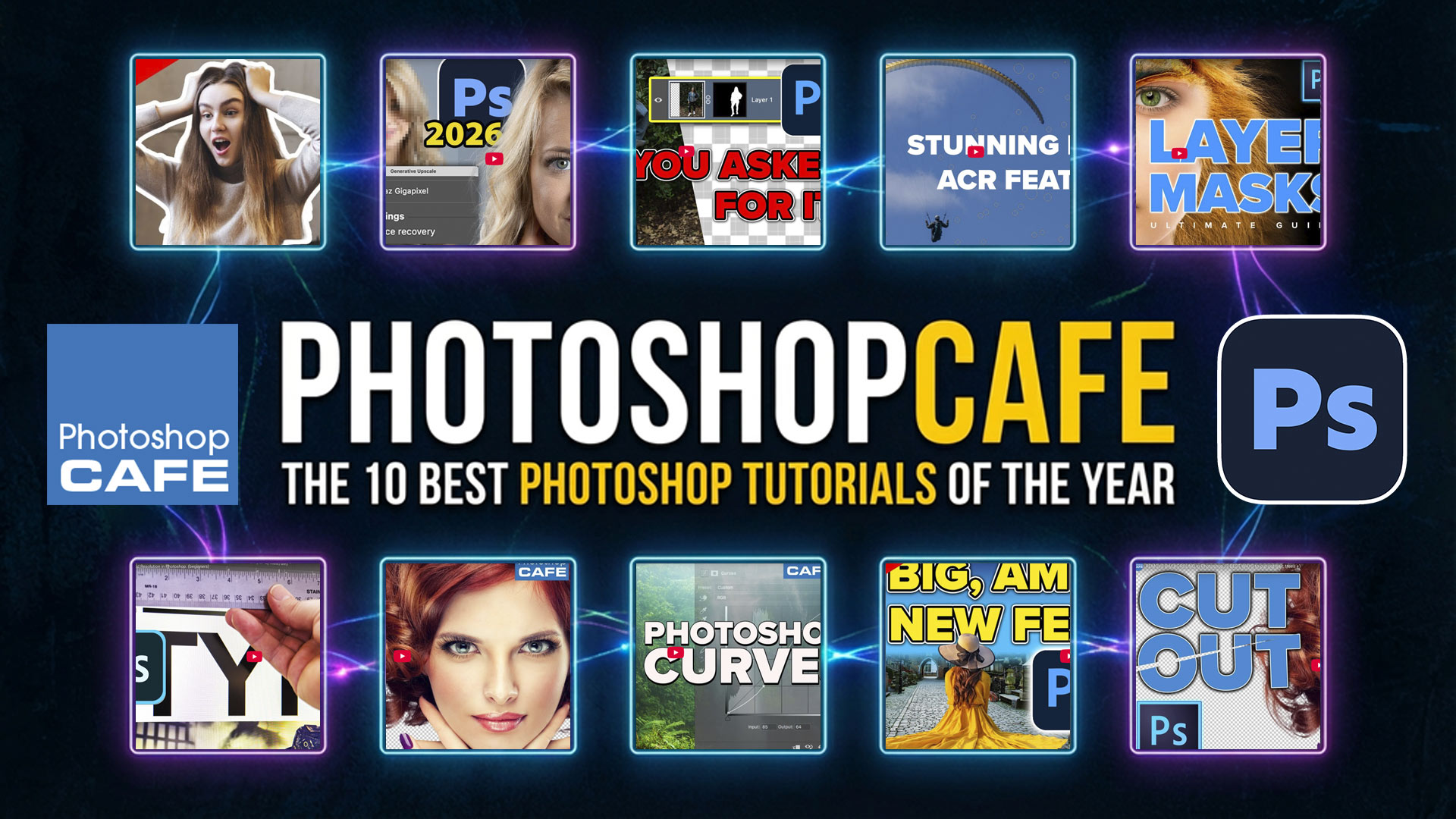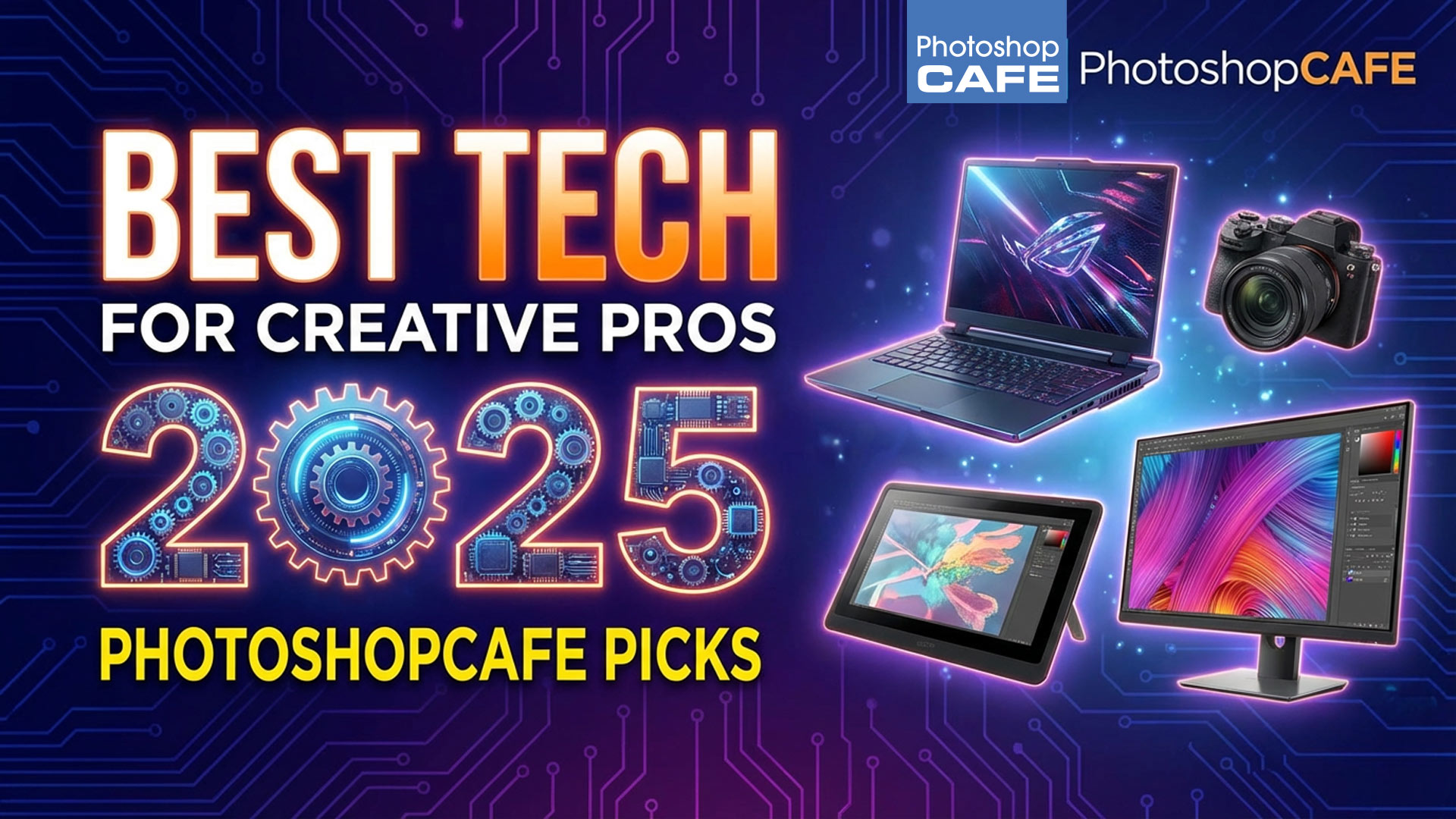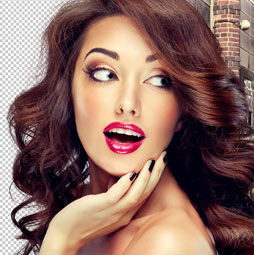Artist, animator Thierry Shiel

Thierry, can you give the readers an idea what it’s like working on a production and the types of roles you’ve played in film making?

Animation film making is often like running a marathon, on each production you have to manage your effort for many kilometers and save your breath for the final sprint. Where live action films are mostly shot and edited in 2 or 3 months, animation films often requires several years of work with a final rush in the end.
I have been working on several international productions as an animator and then supervising animator. I had a great time on all of them but my best experience was on “Fievel goes West” produced by Amblimation. This film was mainly created in London and it was a terrific period, I learned a lot on it as many experienced artists were coming from the production of “Who framed Roger Rabbit” that just had been completed. We were all coming from around the world and it was great to work with this whole team. I liked the end result too, it was a fun film to watch 🙂
What influenced you to get into the arts and animation?
My first drawing was inspired by the first man on the moon… I was 4 years old, in elementary school and the day after the pictures where on TV, I glued 6 paper pages together and drew a big rocket on the lunar surface with astronauts in it and stars in the background. From there on technology and Science Fiction were big inspirations for me. As a kid I have been strongly influenced by comic artists like André Franquin (Spirou, Gaston Lagaffe), Hergé(Tintin), Morris (Lucky Luck) and I learned how to draw by copying them. Later as a teenager my influence was mostly coming from French comics artists of the “Metal Hurlant” (Heavy Metal) era, Giraud/Moebius, Méziaire, Bilal, Schuiten, Hermann, Caza and many others.
Films like “Pinocchio”, “Secret of Nihm”, some French ones like “la Planète Sauvage, le Roi et l’oiseau” or Japanese films from Miyazaki (Totoro, Nausicaa, Laputa), and shorts from the office of Canada were all eye candy to me.
Another strong influence that pushed me into film making was Star Wars. I was 12 when the first episode came out and I was hooked from the first sentence on the screen “A long time ago in a galaxy far, far away”! It was a stepping stone for me and teenagers today must certainly feel the same with a film like Avatar. I cannot forget to mention the memorable ‘Alien’ and ‘Blade Runner’ from my inspiration list. That’s when I started devouring books from Asimov, Silverberg, Scott Card, Heinlein and so many others science-fiction writers, one after the other.
There was a time I wanted to do comics and I did a full 46 page album, but the publisher went backrupt just before I finished it and wasn’t able to find another publisher straight after that. Back then I was in the animation school of Paris, so after this bad news I decided to concentrate on my passion for animation and make a living out of it.
To me film-making is about putting on screen my visions and communicate emotions with them, with as much originality as possible. This is what I try to achieve with the short films I currently work on but that I couldn’t fully achieve with the two feature films I did some years ago. They were like big machines and somehow with a commercial goal linked to it. Looking back at it I think I was not daring enough at the script stage and it’s certainly something I am now doing differently for the next one. I like doing painting and illustrations, so these aspects find their way into my films too, in the colors, the framings and designs I do. But the most important aspects I try to concentrate on are story-telling and emotions. If these two ingredients are not good enough, no other qualities will save a movie.
Are there any project that on stand out because of the experience you had?
My first attempts at animating were when I was around ten. I drew and painted some characters on cells but couldn’t find solutions to shoot them frame by frame (I couldn’t imagine myself asking my parents for a frame by frame camera for Xmas) and home computers didn’t yet exist), so I had to give it all up. Later when I saw there was a school in Paris, the Gobelins, that was offering to teach this art, I immediately asked to pass the exam test. The next year I finally had in my hands a frame by frame camera! A dream come true.
During the 2 years course I discovered a lot of fascinating short film creators. Since I left that school I worked as an animator or supervising animator on many 2D productions and a few 3D ones (12 in total). At the same time I learned 3D software as a hobby mainly on the Comodore Amiga and started to do short films with this technique. Rendering was slow but I was amazed by the door this was opening.
Working on films as an animator was great but my main interest was in creating stories and characters that could have their own life, if possible, on a big screen. In some ways comics would have allowed me to achieve a big part of this but as an animator I wanted my characters to move, talk and show emotions.To follow that dream, I decided to leave the major studios to trace my own path in this field. I created a company with my wife and we started subcontracting animation work for films. In parallel we also developed projects and pilots. In 1998, after two years of work, a feature pilot for “Tristan and Isolde” was ready. From the start I knew how long and difficult it would be to do a traditional animation film on a tight budget, so I decided to join my long time hobby, 3d animation, to this idea. I did in 3ds Max a sequence with 3D cell shaded characters inside the pilot that blended very well with the traditional animation. It was a good way to consolidate the concept of doing a whole film with CGI characters to fit into a very low budget. We eventually succeeded to finance the project and production started in 2000.
We produced and I created/directed another film based on the famous tales of Renart the Fox (aka: Renny the Fox) which was released in 2005. Both films were sold internationally for theater, video and TV markets. Renart the Fox won several Jury awards in various international festivals (Brussel, Toronto, Montreal) and both films were screened in theaters around the world. “Renart” was also screened at the opening ceremony of the Seoul film festival in 2006, (I was invited for the occasion and it was a unforgettable trip) and was even submitted by Luxembourg to the Oscar 2007 in the Foreign film category. My best “Renart” memory remains a screening in Brussel at the Anima Festival where a theater filled with children cheered and laughed during most of the film, an amazing moment for a director.
On the other hand, being a producer has taught me the importance of staying in the budget and to respect deadlines right from the start. Making a film is not a small business, there is often lots of money involved and these factors must never be underestimated. The budgets I worked with ranged from 2 to 4 million Euros, almost 10 to 15 times less than the major productions budgets.
From 2007, we decided to work with another producer on the short film “The Old Man in the Fog”. It was finished last year and will take part in festivals all through the year. It’s been a very motivating adventure so far and we have many project we’d like to do.
I can say that making all of these films where great learning experiences, though there were also very tough moments, but in the end, they all were finished and had their share of appreciating audience.
Can you share with the readers a little about your creative process? What tools and techniques do you use?
For my films, it all starts with a strong vision from the theme or the original idea. If I don’t get this I cannot start a project. With time and work, it will evolve and sometimes become something different.
I first do sketches and some quick color illustrations to fix these ideas and I collect references, paintings, photos, designs that can feed my imagination. I start the writing process right after that. On features I write an average of 10 (dense) pages for the story lines with all main events and then work with a writer to get the final script with dialogues.
On short films, I prefer dialogue-less concepts as they are more universal and push for more expressivity from the characters. The acting becomes a much stronger factor. So I write precise scripts including some camera movements. But I’m also leaving a small door open for new ideas that inevitably happen during the production process.
For all my films I use Autodesk 3ds Studio Max for the 3D part, as it’s a fast and efficient tool. I cannot program so I like to use off-the-shelf powerful solutions that get me where I want the fastest way possible. 3ds Max has always allowed me to do that and has also a lot of great plug-ins to complement its features. I was an early adopter of Zbrush and continue to use it for modeling and texturing, it’s an awesome combination. Photoshop and Painter, I mostly use for polishing the textures. For all my compositing needs I use AfterFX.
For many years I exclusively used 3D for animation but I always tend to look for a graphical or non realistic rendering. We see a lot of 3D films these days and not much is done on them to get off the hyper-realism track. I am always more fascinated by pictures or animated films when the rendering look has been stylized too.
You’ve become quite an expert with the iPod. Can you tell us how this little device has changed how you work?
I have been hooked since early 2009 on my iPod. It’s a great little companion device that I carry all the time in my pocket. As soon as I have some free time, outside or at home, I take it out to sketch an idea or to do some fast color illustrations that I can refine later on. I can paint any time, anywhere. I have been trying to find this possibility since Pocket PC devices appeared back in 2001, but the experience was never so addictive as with the iPod. For me, the main difference lies in the multi-touch of the iPhone OS, the fast interaction for zoom and panning and the great Apps make full use of these features.
I now mostly use SketchBook Mobile from Autodesk for its great features: numerous brushes, 6 layers, positioning and rotating, higher resolution, and great lines. I also use Inspire for its great oil simulation engine. I was even able to do a full Story-board of my film using SketchBook Mobile and Hitchcock. It worked like a charm. You read more about it in an article I created on fingerpainted.it.
You’ve put out a few of your own Mobile Art Books. What do you think of the ‘finger painting’ art community that has grown with the introduction of iPods, iPhones, and iPads?
Creating these books has been a fine experience as I met some great people and artists along the way by interviewing them and collecting their artworks. The series might continue in the future in another form. With 7 other artists we are now connected in a group called the Fingerpainters (www.fingerpainters.com) and we discuss about exhibitions, comment on each other’s paintings, exchange ideas on Apps, share tips, and sometimes do beta testing to help improve some of the apps out there. I’m very curious to see where this will lead us in the coming years, but one thing is sure as far as we artists are concerned, most of us are very impatient to try our favorite Apps on the iPad. Some of us will adopt it as a main creation tool, others will continue using the iPhone/iPod but whatever device we use I’m sure we’ll still see some very interesting art produced on these devices.
One of the great aspects about this way of creating is that as soon as a picture is finished it can be shared; posted on some Flickr pool for all to enjoy or instantly sent by email to friends and family. Artworks can be done in a few minutes or a few hours, depending on the mood or time available and still look great and spontaneous.
The freshness of this expression mode is starting to interest galleries and magazines. With these devices anybody can start doing digital art at very little cost, no need for an easel or dedicated space for oil painting too. New artists can reveal themselves this way that wouldn’t have taken the step without it. I believe everybody should try to be creative in some way in their lives, it’s a self discovering and revealing process. We all have a bit of talent in ourselves and this device offers an easy way to express it. But painting is not the only field where this is possible, the App Store has also many fun music creation Apps. We are more and more consumers of everything in our daily life, TV, radio, video games, all very passive activities and this little device has its own fun way of turning us away from this passivity (though ironically it’s one of the best portable media diffusion devices….) and back to creativity.
 Can you tell us a bit about what you are up too now? What’s next for Thierry Schiel?
Can you tell us a bit about what you are up too now? What’s next for Thierry Schiel?
The short film I am currently working on will be finished at the end of this year and in parallel I will continue the development for the next feature film which I already have a 2 minute pilot. It is based on a very actual theme but set in a Sci-Fi universe. Besides this, there are other film projects that have been running in my head for a long time and I will try to push them forward as soon as I have an pportunity. I’m very excited about all the new technologies currently appearing like real time ray-tracing GPU rendering. They will allow for more amazing projects to be created in shorter times and reasonable budgets. I’m really happy to live in this period of time where technology allows for small productions to look almost as good as the major ones.
I will, of course, continue iPod/iPad painting and hope to take part to some collective exhibitions with my fingerpainters friends. One just happened in Chicago this January and a next one is now set for the summer.
Most importantly, I will soon be a father for the second time and look very much forward to this moment. Family time is so great!







